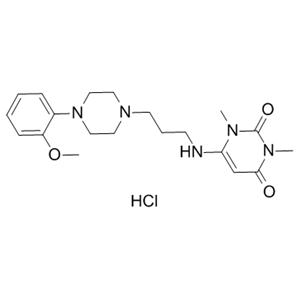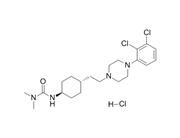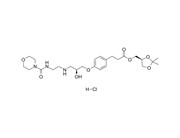Urapidil is a selective α-adrenergic receptor blocker, primarily exerting its antihypertensive effect through dual mechanisms in both the central and peripheral systems. It acts by blocking postsynaptic α1 receptors in the periphery, inhibiting the vasoconstrictive effects of catecholamines, thus reducing peripheral vascular resistance and cardiac workload. In the central system, it stimulates 5-hydroxytryptamine-1A receptors to regulate the activity of the central circulation, preventing hypertension and tachycardia caused by sympathetic reflex. Its dual mechanism of action results in rapid blood pressure reduction and safe metabolism. Currently, Urapidil has been unanimously recommended by authoritative guidelines both domestically and internationally, and it is considered a first-line treatment for hypertensive emergencies. The 2018 European Society of Cardiology (ESC) guidelines on the diagnosis and management of cardiovascular diseases during pregnancy, as well as the 2017 Consensus of the Emergency Physicians Branch of the Chinese Medical Association on the Diagnosis and Treatment of Hypertensive Emergencies, recommend the use of Urapidil in the treatment of acute aortic dissection, acute ischemic stroke, acute intracerebral hemorrhage, subarachnoid hemorrhage, hypertensive encephalopathy, acute heart failure, perioperative hypertension, pheochromocytoma, emergency stress-induced hypertension, and pediatric hypertensive emergencies.


 China
China

